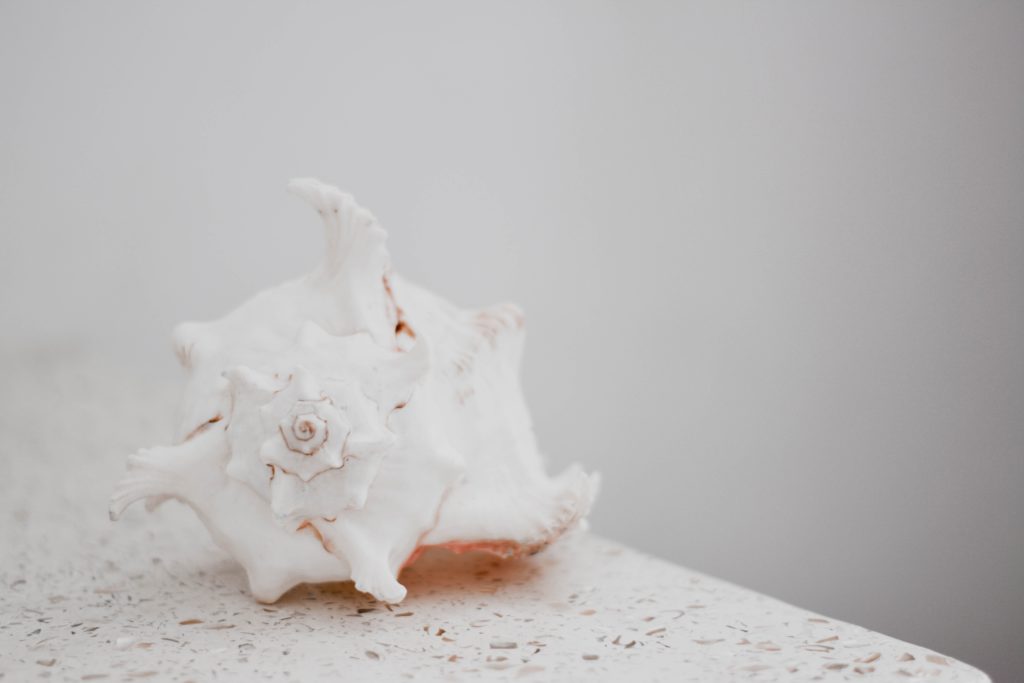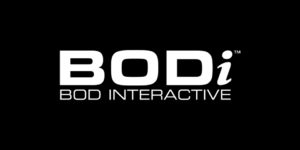
Should I Cut Out Coffee if I’m Trying to Conceive?
“Do I really have to give up coffee now that I’m trying to get pregnant?” Patients ask me this question a lot and here’s how

The Five Elements system of the ancient Chinese serves as an aid for understanding the limitless correspondences that permeate every facet of life. It helps diagnose and understand our internal organs, emotions, body parts and environment. How accurate is this system? Several thousand years later the associations put forth are still enlightening to those who apply them and have been verified by countless successful practitioners of Chinese medicine. The ancient Chinese didn’t have modern scientific systems, however they did have something that may have been lost which is being able to learn and diagnose by observing, smelling, touching and listening.
During the dry climate of autumn it’s important to understand how to help offset the season’s drying effects with diet. When a person has a dry condition, it is usually related to the lungs and could have been caused by imbalances in the diet, excessive activity, adverse climate and/or possibly organ malfunction. Some obvious symptoms of dryness in the body are thirst, dry mouth and throat, fever, itchiness and cough which are often associated with the fall season and also office and home environments becoming very dry due to dry over heated air from air conditioning systems. To counter dry weather and treat conditions of dryness in the body in any season we want to emphasize foods which have moistening properties. The dry person’s condition is frequently a result of inadequate yin fluids in the body and therefore many of the remedies for nourishing the yin also treat dryness.

Barley has cooling properties with a sweet and salty flavor, it strengthens the spleen and pancreas while regulating the stomach, it can also build the blood and yin fluids while moistening dryness. Sprouted barley is a common Chinese herb used for indigestion. Roasted barley is ground into powder and used to make tea that is used to relieve summer heat and fatigue.
Bok Choy is more cooling than many of its cabbage relatives, bok choy is a Qi tonic that energizes the stomach and large intestine functions and helps clear excess water, mucus and toxins. It is effective in cases of heat congestion in the lungs which, in the early stages typically would have symptoms such as fever, chills, dry cough, shortness of breath and thick mucus discharge.
Maitake mushrooms are also called hen of the woods and are farm raised to about the size of a softball, but in the wild can grow as large as a small shrub. The farm raised version have a pale color and a more mild flavor. Maitake’s are one of my favorite mushrooms and for meat lovers out there the texture of a Maitake is very similar to that of a perfectly cooked steak. Maitake’s are considered to be an adaptogen that contain a polysaccharide that is an immune stimulant. Additionally Maitake’s can help with chronic fatigue, liver function, blood pressure and diabetes.
Miso is a fermented soy bean paste whose flavors can range from savory to sweet. It’s thermal temperature is warming. Fermented foods are invaluable digestive aids and miso can also help with the stomach, spleen and kidneys. While those with dryness should use warming foods with caution, the small amount used here helps to balance the dish.
Sesame Seed is a blood and yin tonic that supports the kidneys, liver and large intestine.

Serving size
About 3-4
Prep Time / Cook Time
10 minutes / 40 minutes
Ingredients
Directions
Barley, with its chewy texture and nutty flavor is one of my favorite grains. Most markets carry pearl barley but if you’re able to find hulled barley with its bran and endosperm layer in tact please use this instead as it is more nutritious and is considered a whole-grain. Pearl barley has been polished to remove the bran and possibly even the endosperm layers resulting in a pale colored grain that is less chewy and cooks faster than the hulled variety, but has less fiber.
If using pearl barley, toast in a pan on medium high heat for a few minutes until it turns slightly brown and begins to smell nutty. If you are using hulled barley you can skip this step. Combine the barley and 1 ½ – 2 cups water in a sauce pan with a pinch of salt if desired, bring to a boil then turn down to a simmer, covered for about 25 minutes, remove from heat and set aside. Add your mushrooms to the vegetable broth and simmer until the mushroom flavor releases into the broth. Add your cooked barley, bok choy and miso paste and simmer a couple more minutes just until your bok choy is tender, do not bring to a boil. Adjust the amount of miso you like in your broth, no additional salt will be needed as the miso is salty enough. Garnish with sesame seeds.
The recipes on The Way are intended as an East meets West look at food and its relationship to health and nutrition. Food is powerful, and every bite can either greatly benefit your system or effectively work against it. In Chinese Medicine, each grain, vegetable, meat, fruit, and spice has unique properties that can be harnessed to help us achieve and maintain balance in our bodies. Our recipes seek to incorporate some of the age-old principles of Chinese medicine into the culinary practices more familiar to the West.
Ask Travis about DAO flavors or his other recipes at travis@mydaolabs.com

“Do I really have to give up coffee now that I’m trying to get pregnant?” Patients ask me this question a lot and here’s how

Coming Fall 2021, Beachbody On Demand will be bringing the fun and interactivity of live workouts right into your home, with our brand-new premium-level service

A healthier way to enjoy cheesecake, this melt-in-your-mouth mini pumpkin cheesecake delivers all the tangy creaminess you crave, plus a kick of gingersnap spice. This

You know those mornings when you can’t find your motivation to work out? You check behind the door, maybe take a look in last night’s

Are you trying to learn about healthy seeds? Then, you’ve come to the right place.
Seeds are the start of a healthy plant, so it’s no wonder that they’re packed with fiber, healthy fats, protein, and various vitamins and minerals.

Amoila Cesar has cracked the code training professional athletes to get the most out of their workouts without jeopardizing their game-time performance. His secret? Don’t

A tiny home living Island Acupuncturist obsessed with all things wellness who healed her body with all things natural. Now, I’m teaching you all my secrets!